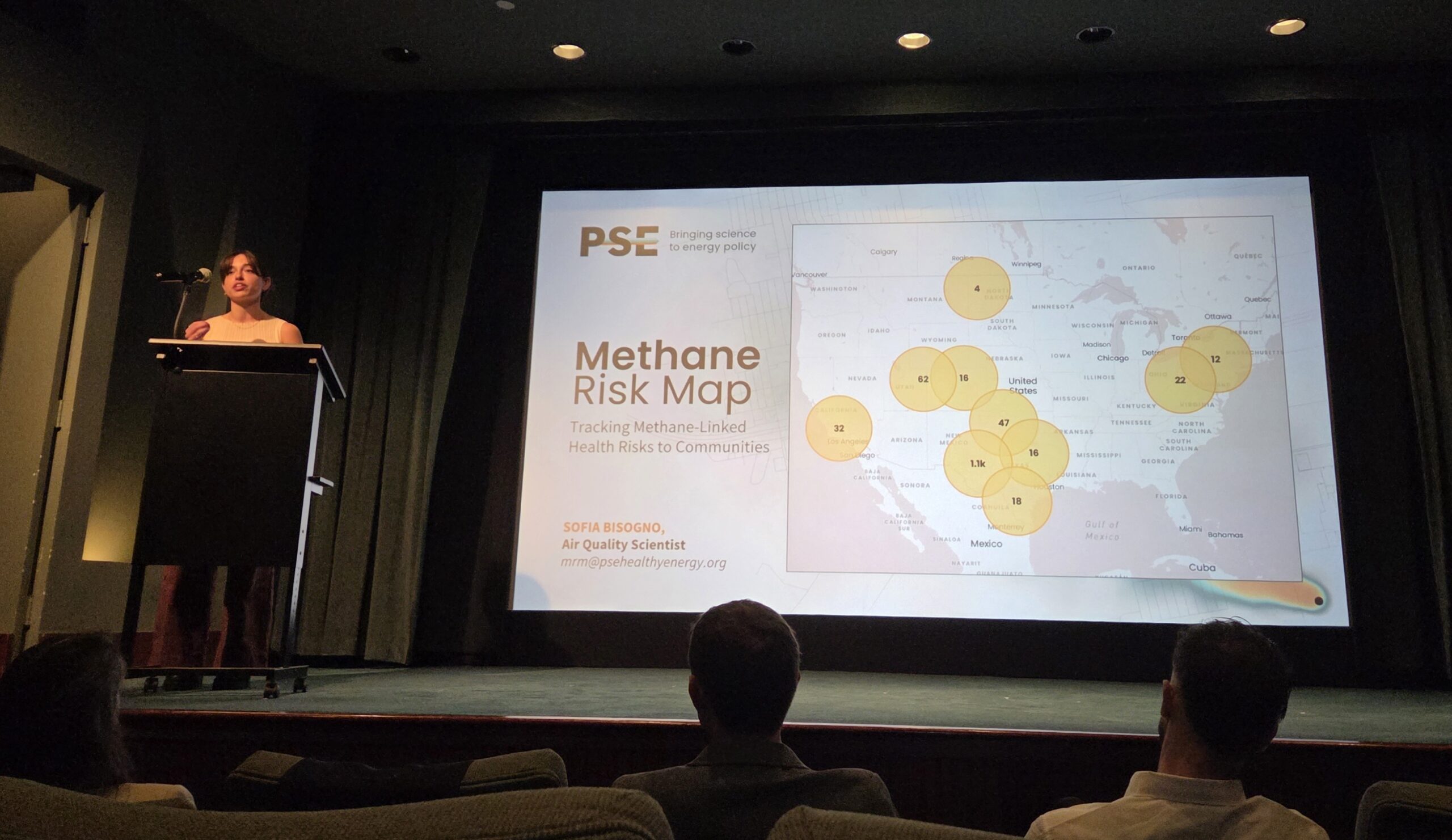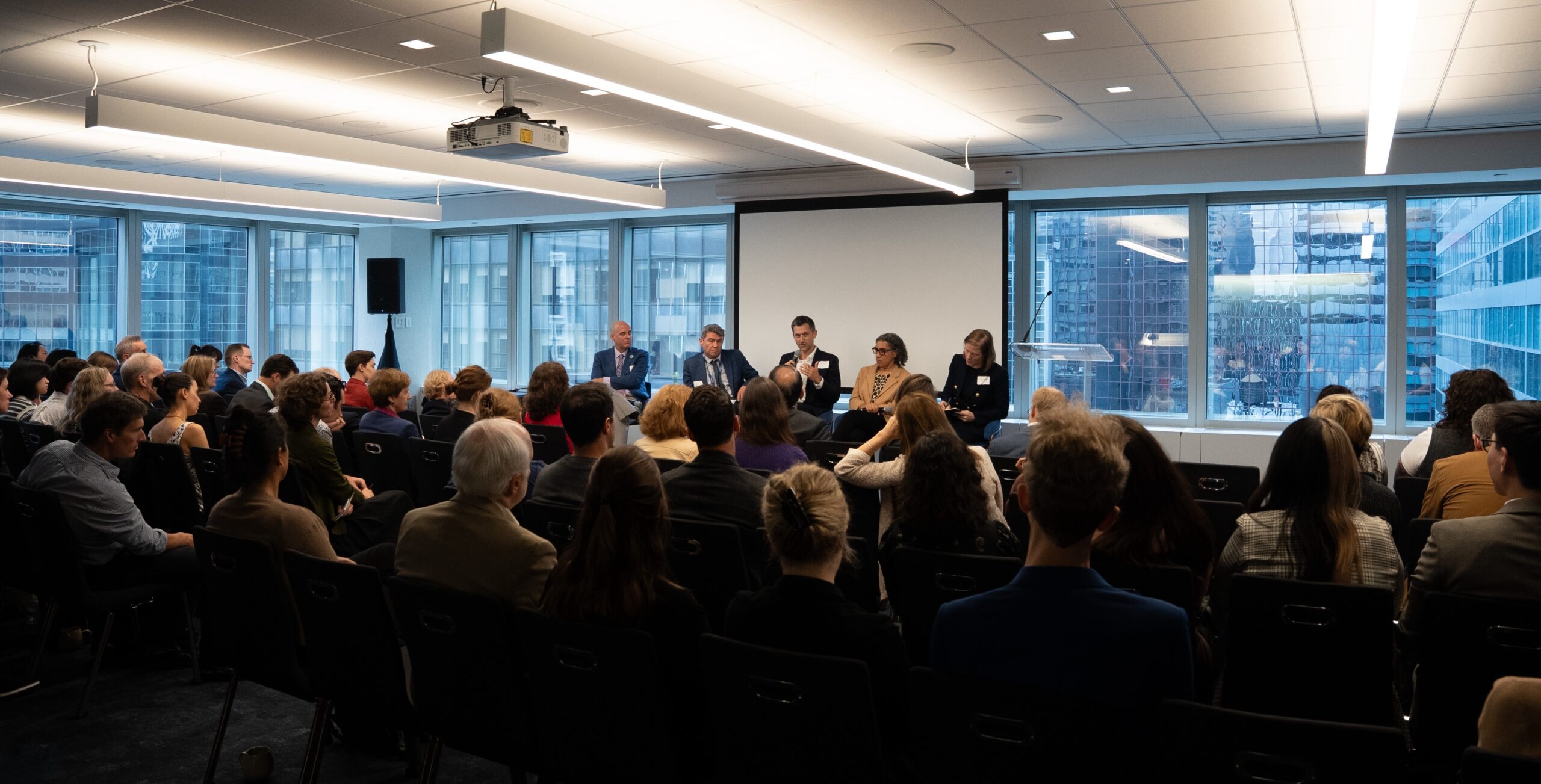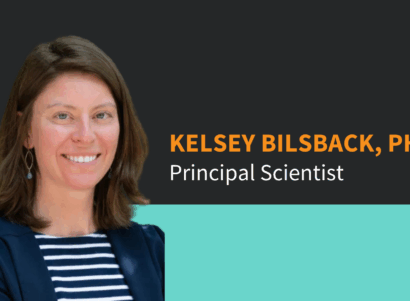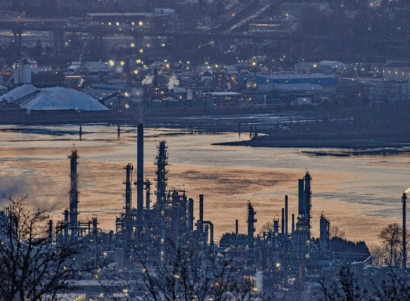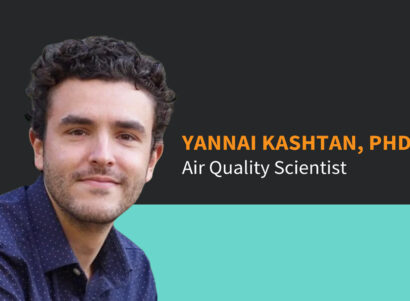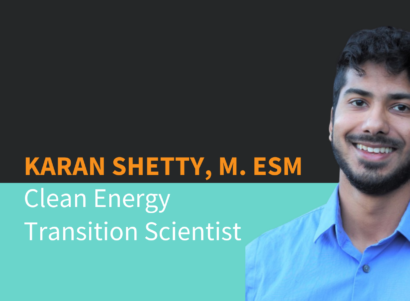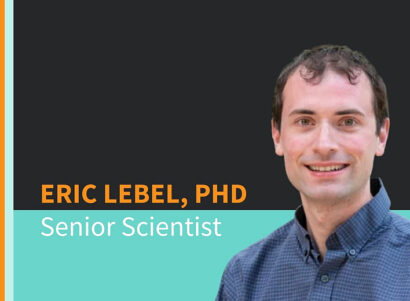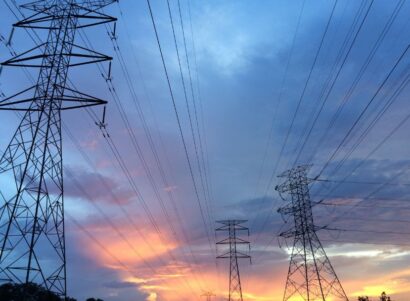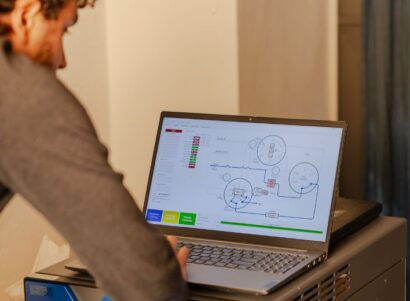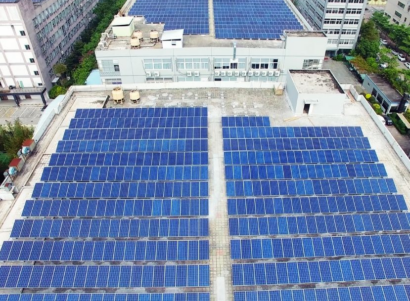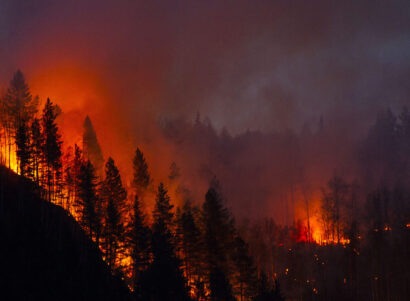One month after the launch of the Methane Risk Map (MRM)—the first tool to visualize the health risks of methane emissions events from the upstream gas system—the scientific team behind the project brought their work to NYC Climate Week. Through panels, strategy sessions, and meetings with partners and policymakers, they gathered feedback, shared new insights, and strengthened collaborations with others tackling methane emissions.

Photo Credit Carbon Mapper
At a panel hosted by Carbon Mapper, PSE Healthy Energy executive director, Seth Shonkoff, PhD, MPH underscored the health impacts of methane emissions events. The discussion explored the scientific imperative to curb methane as a first step toward climate stabilization—and how new data and technology are enabling accountability for major emitters.
“Data alone doesn’t change the world — organizing does,” said Shonkoff. “But organizing can only go so far without sound, credible scientific data. The Methane Risk Map is a critical tool for civil society stakeholders — including community leaders, advocates, and organizers — as well as for regulators, policymakers, risk managers, and other decision-makers. By quantifying and visualizing the air quality impacts and human health risks from methane emission events, the tool provides the science-based evidence needed to inform, strengthen, and enforce policies that keep communities safe from air pollution.”

Photo Credit Carbon Mapper

Principal Scientist and Principal Investigator behind the Methane Risk Map, Kelsey Bilsback, PhD, showcased PSE’s work at multiple sessions on super pollutants, highlighting the Methane Risk Map’s capacity to translate methane emissions events from a climate issue to a public health issue, and the policy implications that follow.
“The meetings highlighted the Methane Risk Map’s unique role in mapping air quality impacts and potential human health risks associated with methane emissions, as well as opportunities for its next phase,” said Bilsback. “It was energizing to engage with leaders across fields who are advancing methods to better understand and mitigate methane emissions.”

Photo Credit Carbon Mapper

Community Impact Scientist, Ali Snell, BS, connected with advocates working to address air pollution and greenhouse gas emissions from gas facilities. “Getting feedback from the people who are actually going to use the Methane Risk Map in their work is invaluable in helping us determine where we need to go next,” said Snell.
Finally, Sofia Bisogno, BSE, lead author of one of the peer-reviewed papers underpinning the Methane Risk Map, spoke to journalists and influencers about how PSE’s research expands the methane conversation. “Journalists can play a crucial role in helping to communicate the science on the air quality impacts and human health risks of methane emissions events,” said Bisogno. “Clear communication helps audiences understand how these emissions may affect nearby communities.”
